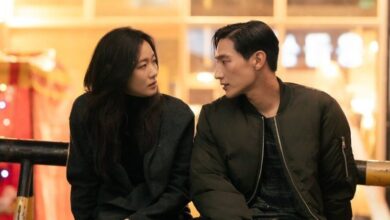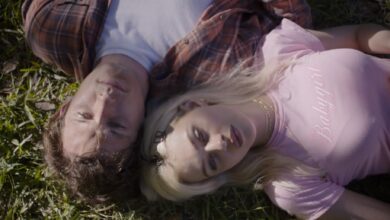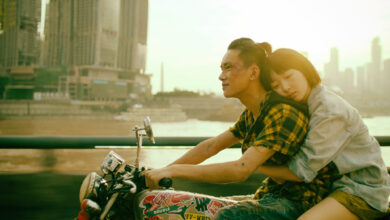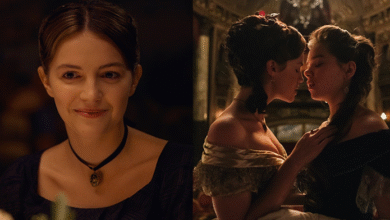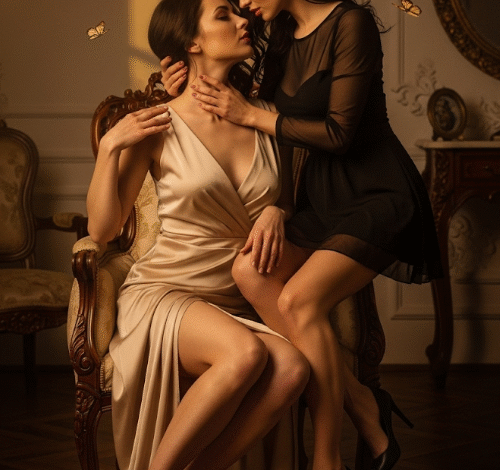
The Duke of Burgundy (2014) is a mesmerizing and beautifully crafted film that delves deeply into the intricate dynamics of an intimate relationship between two women. Directed by Peter Strickland, this film stands out as a unique blend of art-house cinema and psychological drama, wrapped in an atmosphere that feels both timeless and slightly surreal.

The story unfolds in a mysterious world filled with lush textures, vintage aesthetics, and an almost dreamlike quality. It explores themes of desire, trust, and the complex interplay of power within a relationship. Rather than following a straightforward plot, the film takes a subtle and ritualistic approach, focusing on the emotional nuances and repeated patterns that shape the characters’ connection.
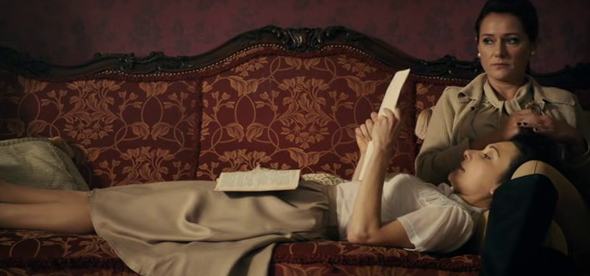
Sidse Babett Knudsen and Chiara D’Anna deliver outstanding performances, conveying a wide spectrum of emotions—from tenderness and longing to tension and vulnerability—through restrained yet powerful expressions. Their chemistry creates a haunting and deeply moving experience that lingers long after the credits roll.
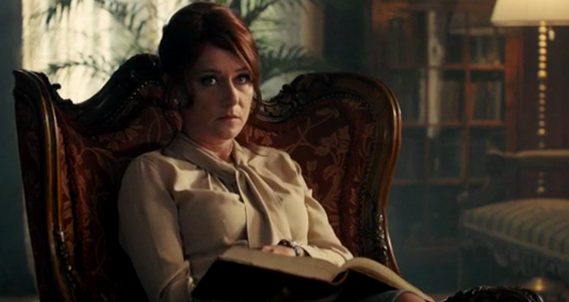
The cinematography is exquisite, with carefully composed shots that emphasize mood and atmosphere over conventional storytelling. The use of sound, including a rich classical score and detailed ambient noises, further immerses the viewer into this intimate world, heightening the emotional impact.
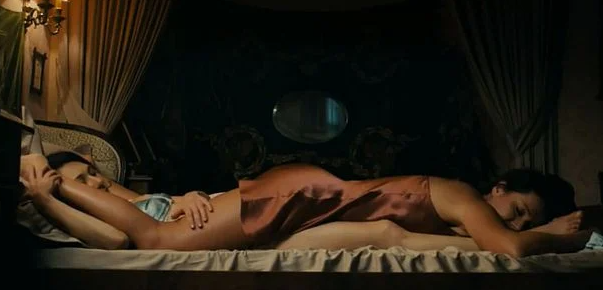
What makes The Duke of Burgundy truly special is its refusal to conform to typical romantic or dramatic clichés. Instead, it offers a thoughtful meditation on how love and control can intertwine, and how the boundaries between pleasure and pain, dominance and submission, can blur in complex ways.
In essence, this film is an elegant, haunting exploration of human connection, perfect for viewers willing to engage deeply and appreciate subtlety. It’s a rare gem in modern cinema that challenges traditional narratives and invites reflection on the delicate balance of emotional intimacy.

